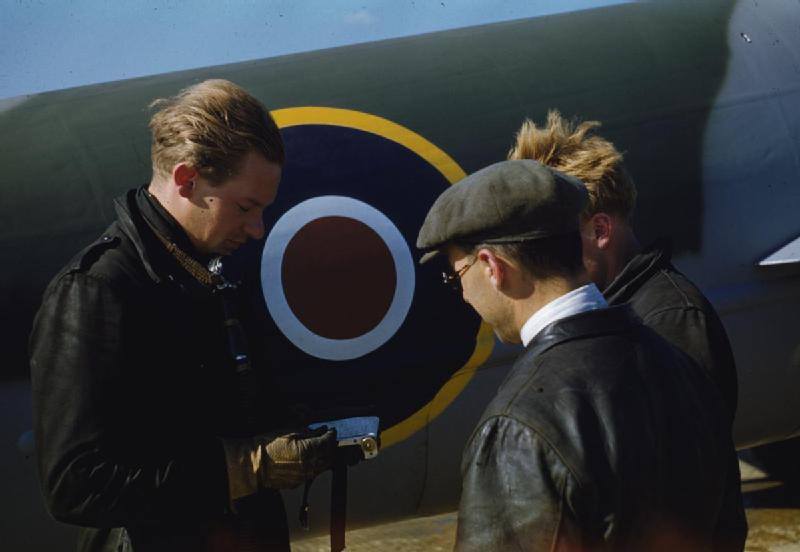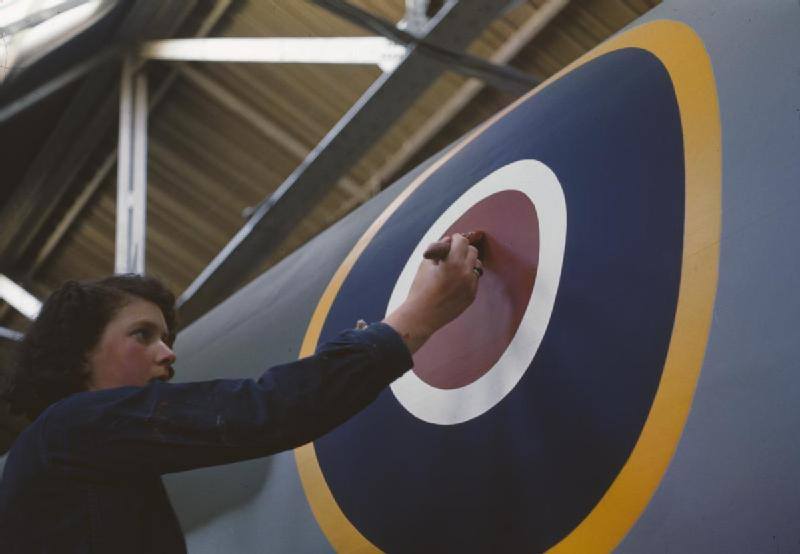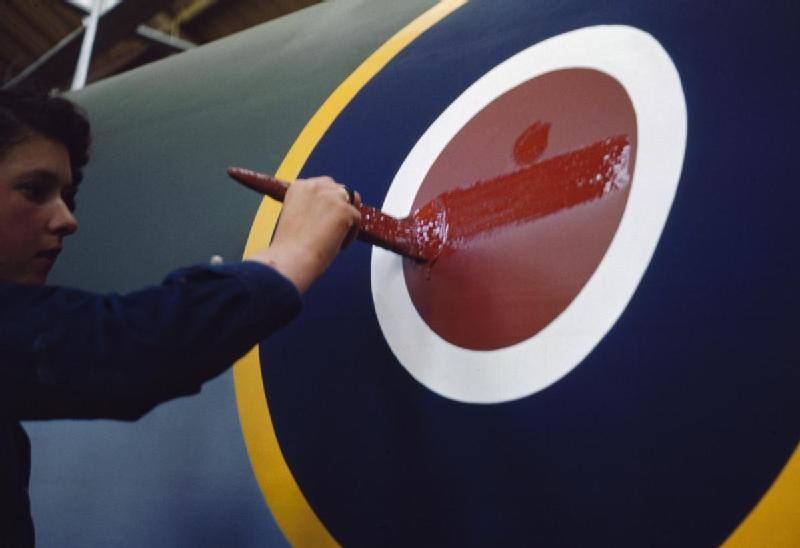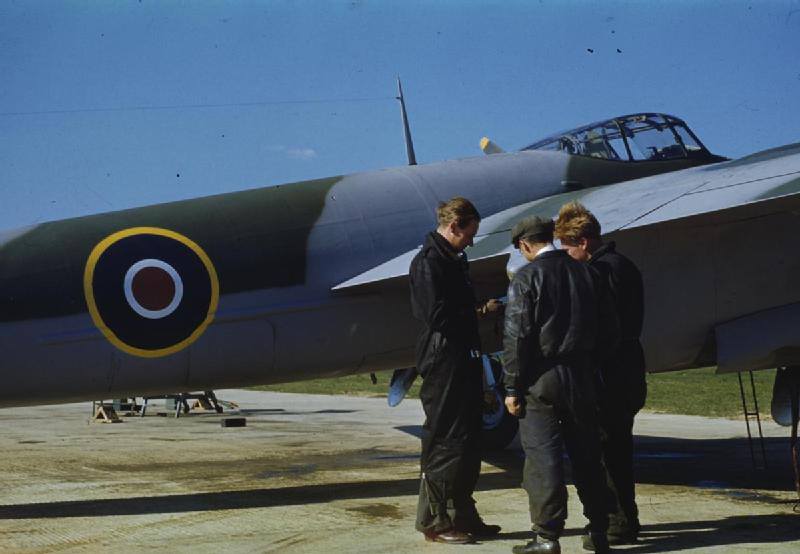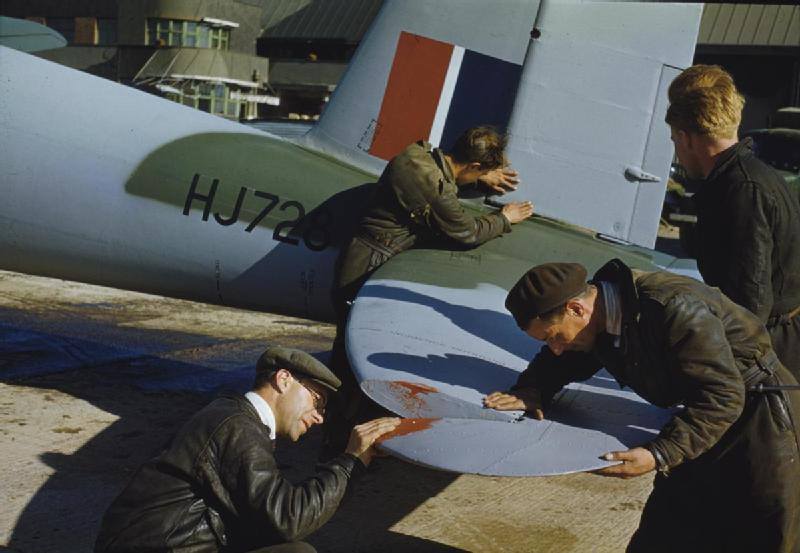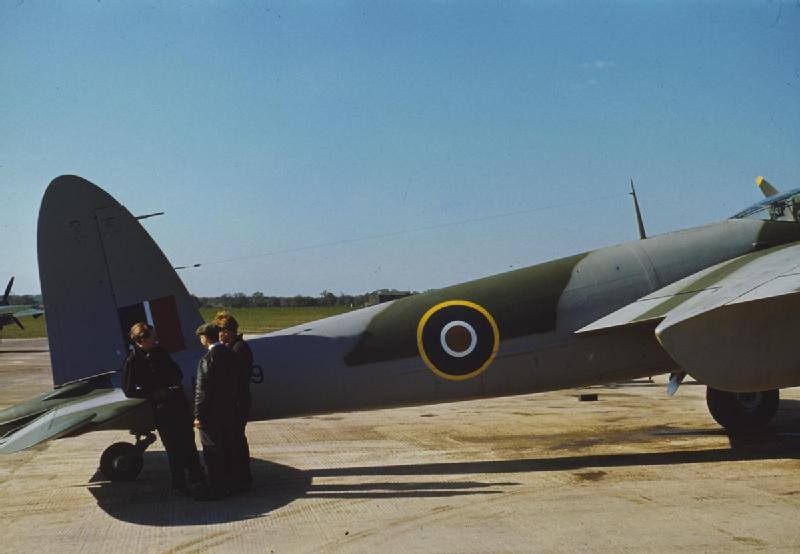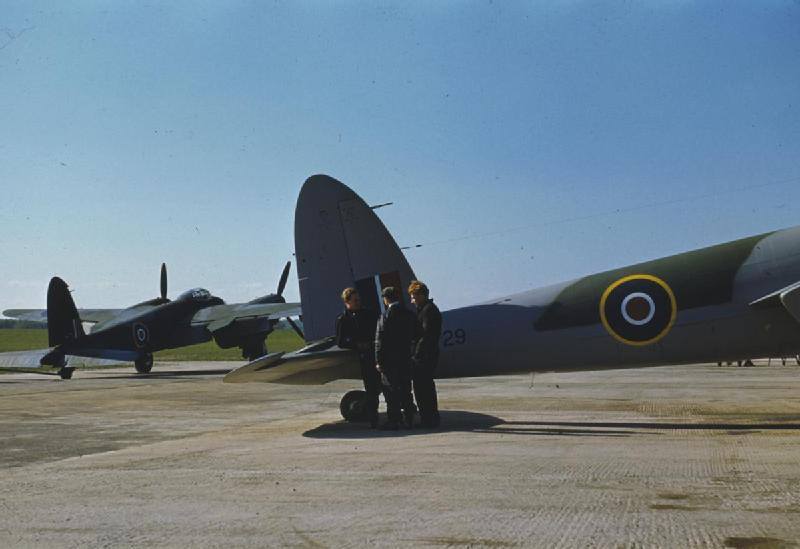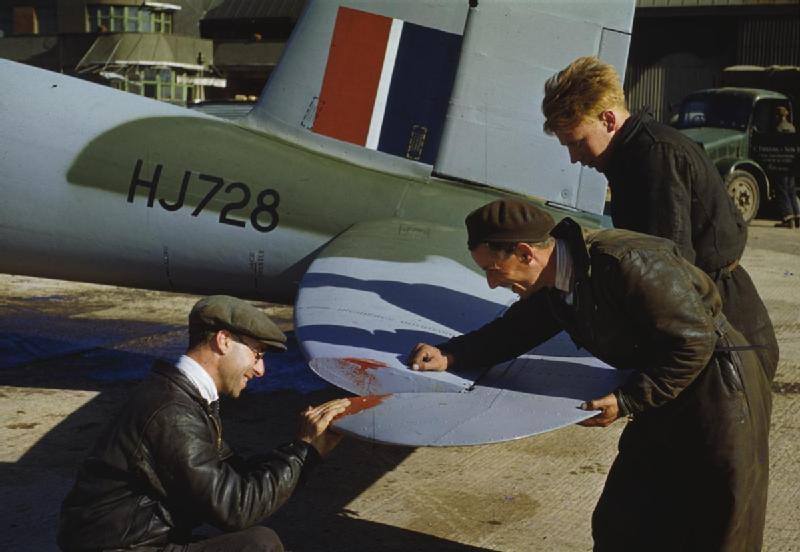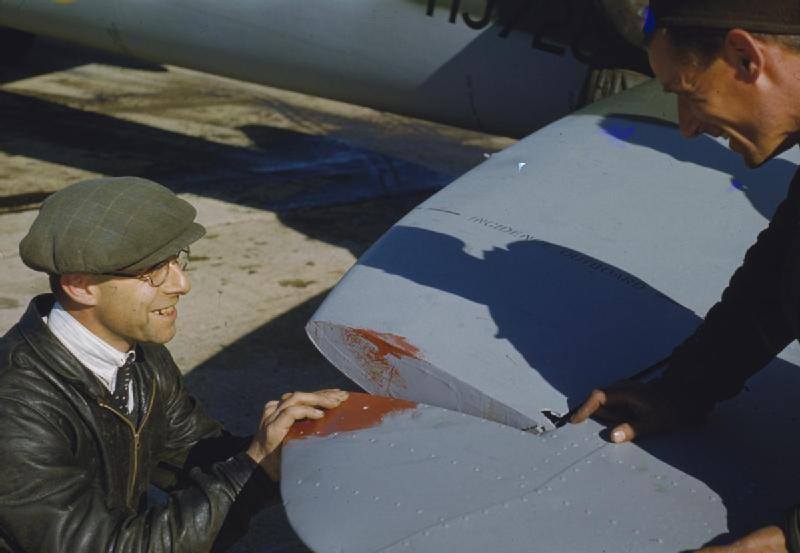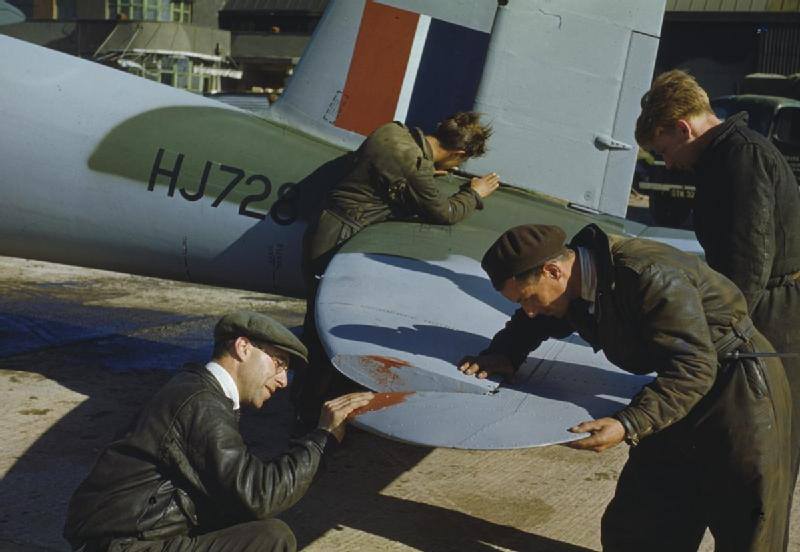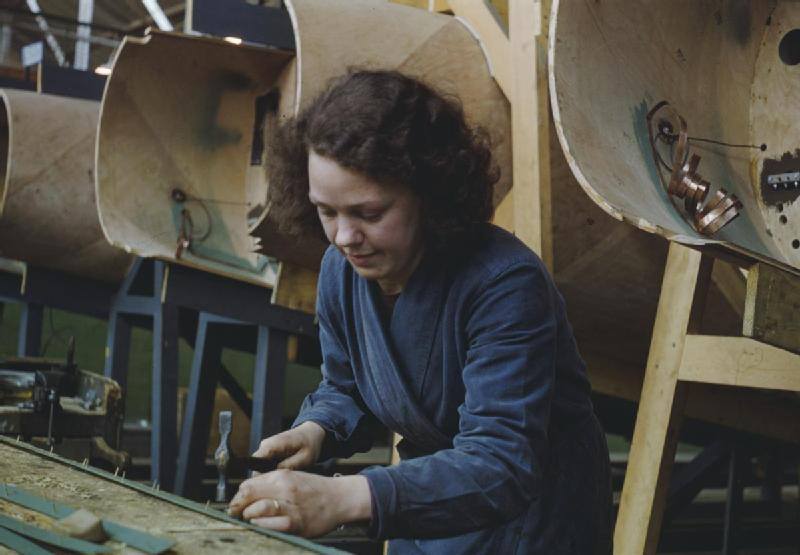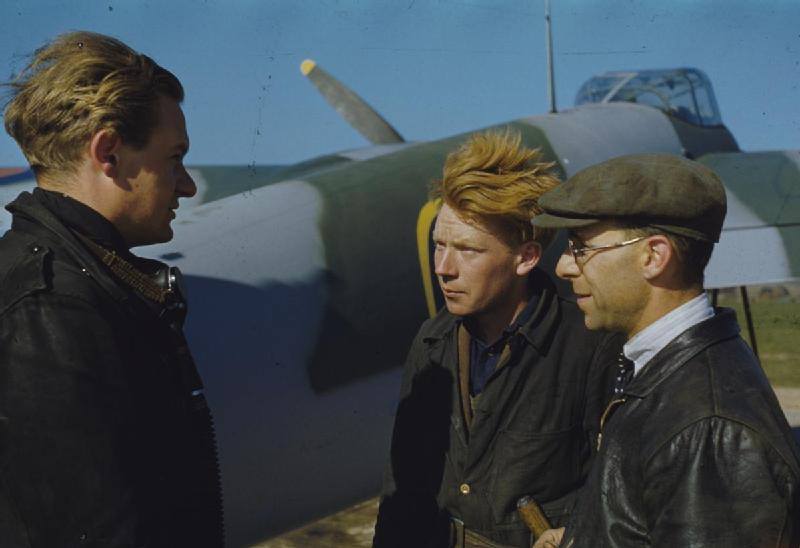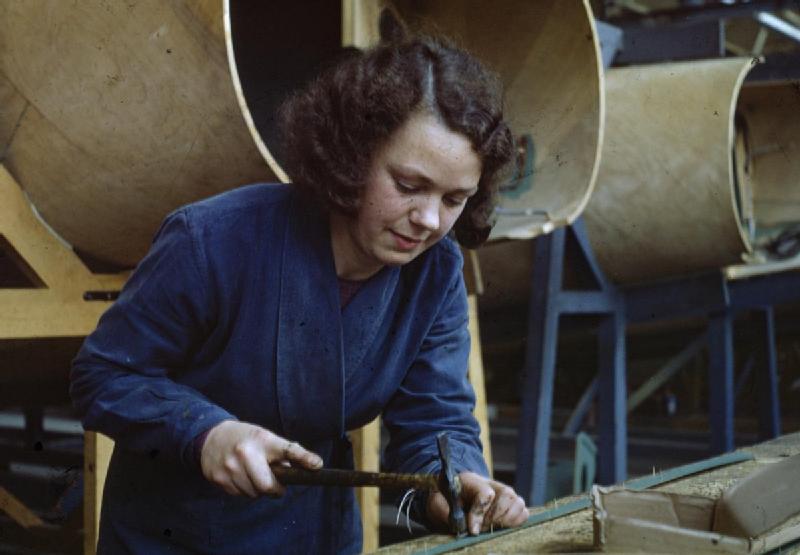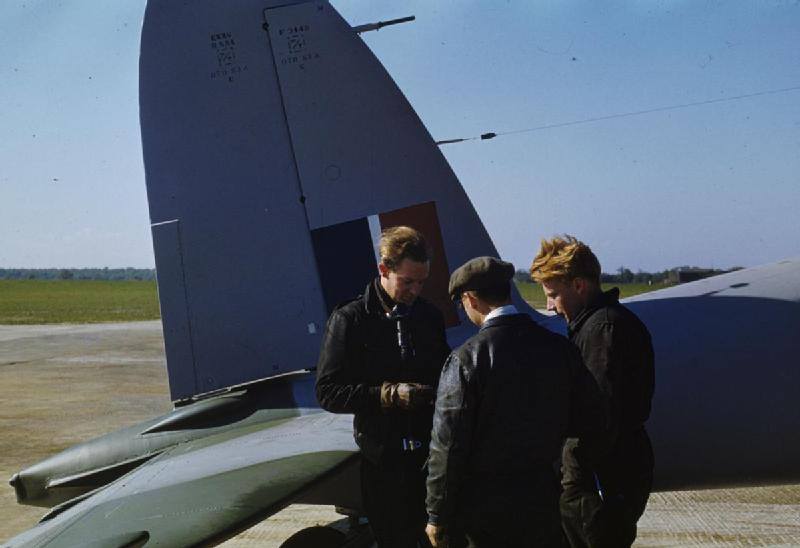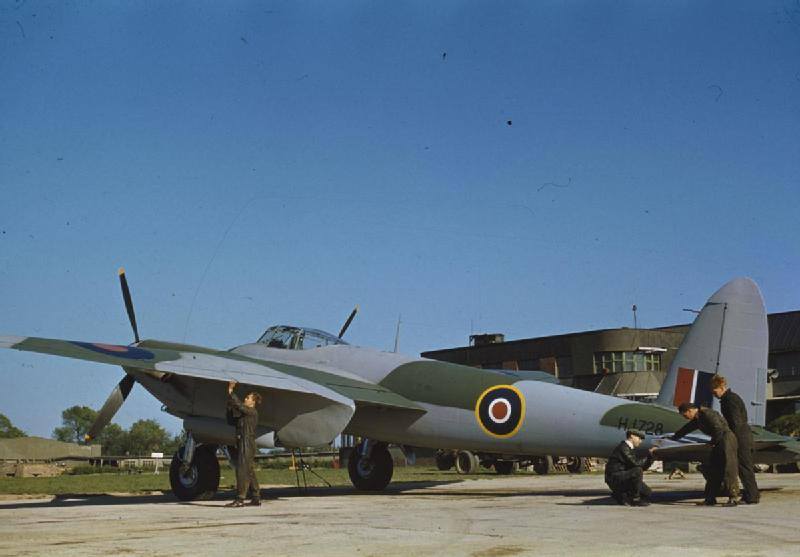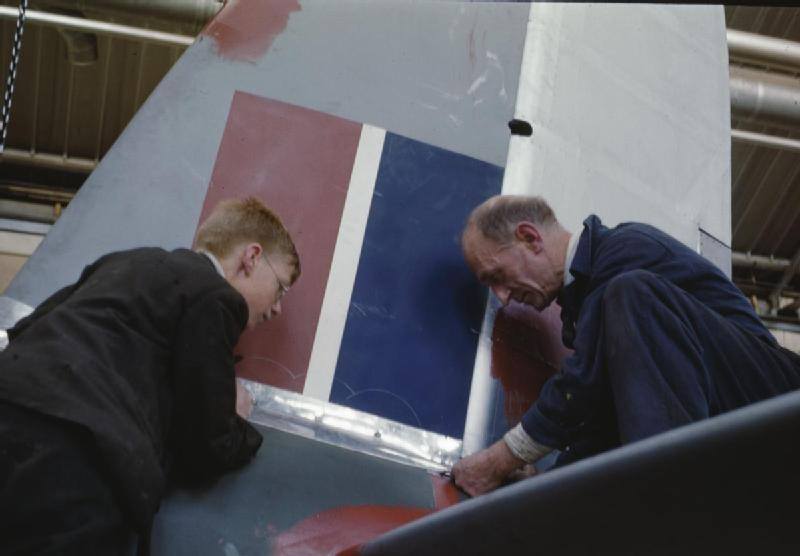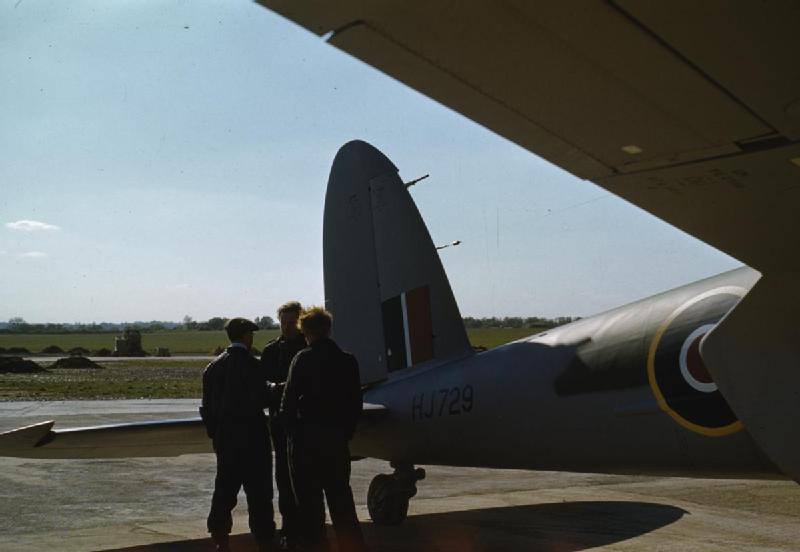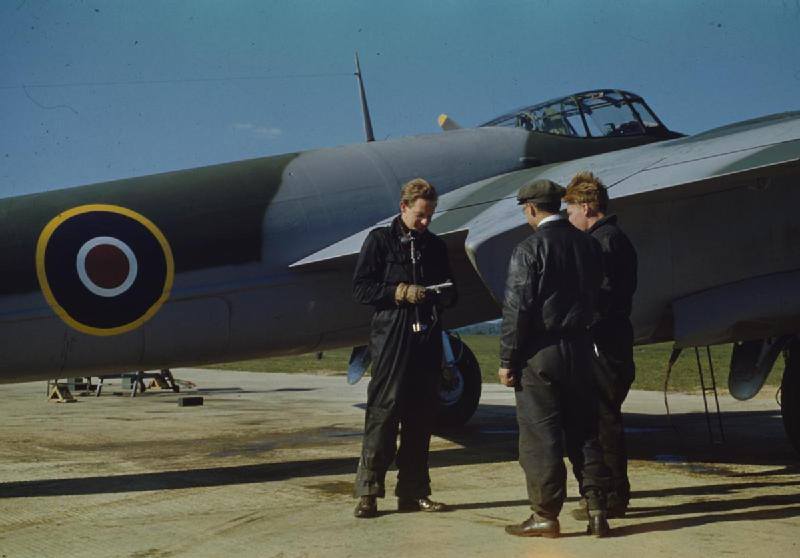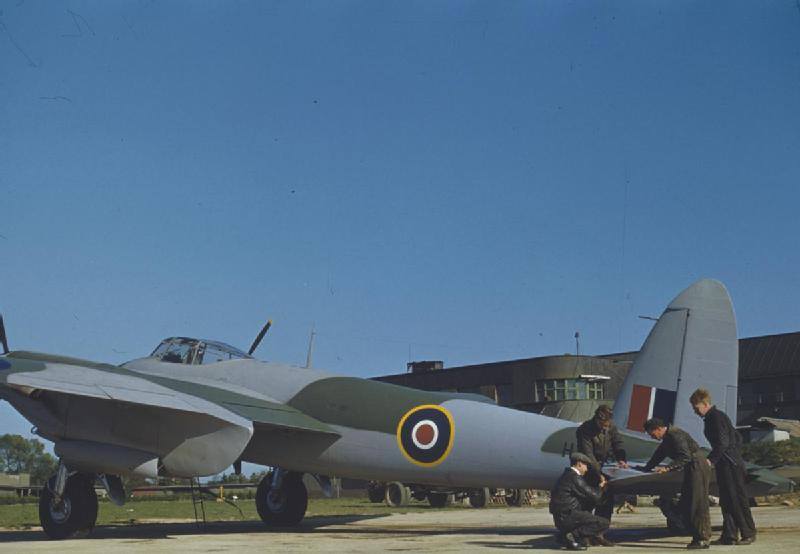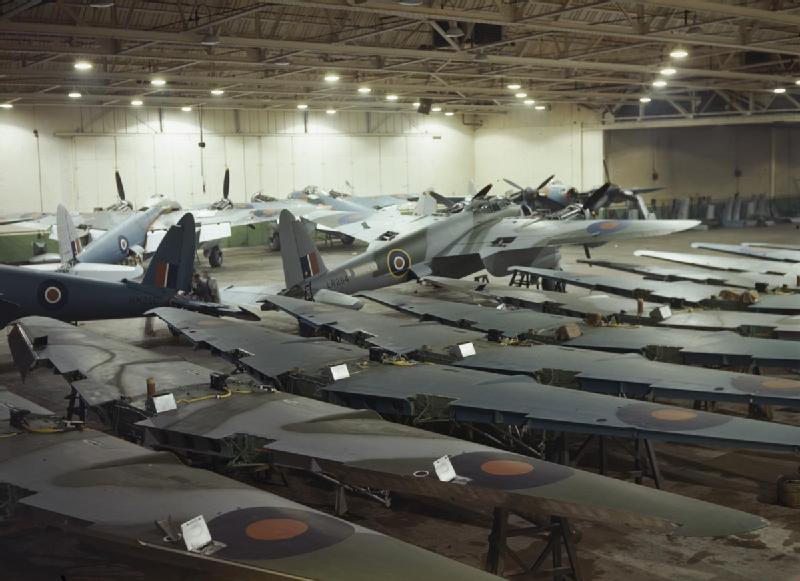Undoubtedly the best aircraft of its time. Many will, of course, argue the point, and that’s understandable, we all have our favourites, but the De Havilland Mosquito was such a versatile fighter-bomber. Nations tried to copy it but failed.
During World War II the DH-98 Mosquito was a wooden-built aircraft that flew continuous missions directly on the front-lines. It had two popular nicknames: “The Wooden Wonder,” aptly named, of course, and “Mossie,” as it was fondly called by its two-man crews.
Production of the Mosquito bomber started in 1941. When it entered war service in 1942, it was utilized for high-altitude photo-reconnaissance service, and it continued this function of the war effort throughout the war years. It was probably the fastest operational aircraft in the world at this time.
During 1942 and 1943 the Mosquitos flew dangerous low-altitude bombing missions against European targets that were occupied by the Germans, as well as perilous missions against actual German targets such as railway yards, manufacturing plants, and other specific targets.
In 1943, the Mosquito bomber fleet was utilized for ‘night strikes,’ as high-altitude nuisance bombers that the German fighter aircraft were unable to stop. The Mosquito Fleet was also used as the ‘lead’ strike force for the heavy bombing raids into Germany by the RAF Bomber Command.
One example of the precision of the Mosquito daytime strikes was accomplished on 20 January 1943. Whether by design or just a coincidence, this date was the 10th anniversary of the Nazis’ seizure of power and a Mosquito bomber precision strike knocked out the primary broadcasting station in Berlin, while the Commander in Chief, Reichsmarschall Hermann Göring was talking on air, cutting out the power and taking his speech completely off the broadcast!
The De Havilland Mosquito was developed in the course of 1938-39 by a design team headed by R E Bishop in accordance with an original concept for a high-speed two-seat unarmed bomber of wooden construction proposed by Capt Geoffrey de Havilland.
A young woman worker painting the fuselage roundel on a Mosquito aircraft at de Havilland’s factory at Hatfield in Hertfordshire, 1943.
Very clear picture and such an iconic marking
When production of the Mosquito began in 1941, it was one of the fastest operational aircraft in the world. Entering widespread service in 1942, the Mosquito was a high-speed, high-altitude photo-reconnaissance aircraft, continuing in this role throughout the war.
Fitters adjusting the tailplane flaps of Mosquito HJ728 before a test flight from Hatfield. Always had to wear ties at work
Test pilot leaning against the tail of the Mosquito he had just flown
Wonder what happen to these two Mossie’s
From late 1943, Mosquito bombers were formed into the Light Night Strike Force and used as pathfinders for RAF Bomber Command’s heavy-bomber raids.
From mid-1942 to mid-1943, Mosquito bombers flew high-speed, medium or low-altitude missions against factories, railways and other pinpoint targets in Germany and German-occupied Europe
Fitters adjusting the tailplane flaps of Mosquito HJ728 before a test flight from Hatfield.
Mrs Judd prepares strips of wood to tack over gauze inside the hull of a Mosquito.
The Mosquito ended the war with the lowest loss rate of any aircraft in RAF Bomber Command service during WWII. The last RAF Mosquito to remain in operational service was retired in 1956. Total Mosquito production was 7,781 of which 6,710 were built during the war – De Havilland accounted for 5,007 aircraft built in three factories in the UK.
Mosquitos were also built by Airspeed Ltd, Percival Aircraft Company and Standard Motors. 1134 Canadian and 212 Australian built Mosquitos were also produced by the Commonwealth. The last Mosquito (NF Mk 38) was completed at Chester in November 1950.
Test pilot John de Havilland
Mrs Judd working on the inside the hull of a Mosquito.
Test pilot John de Havilland checks his flight log with fitters at Hatfield after a test flight in a Mosquito.
Building Mosquito Aircraft at the De Havilland Factory in Hatfield, 1943
Ernest Oldham instructs Albert Austin in the method of setting the tailplane of a Mosquito.
By the early-mid-1930s, de Havilland had a reputation for innovative high-speed aircraft with the DH.88 Comet racer. The later DH.91 Albatross airliner pioneered the composite wood construction that the Mosquito used.
Test pilot John de Havilland checks his flight log with fitters at Hatfield. The Mossy wasn’t an easy bird to fly
Fitters working on the tail of the Mossy
Building Mosquito Aircraft at the De Havilland Factory in Hatfield, 1943

